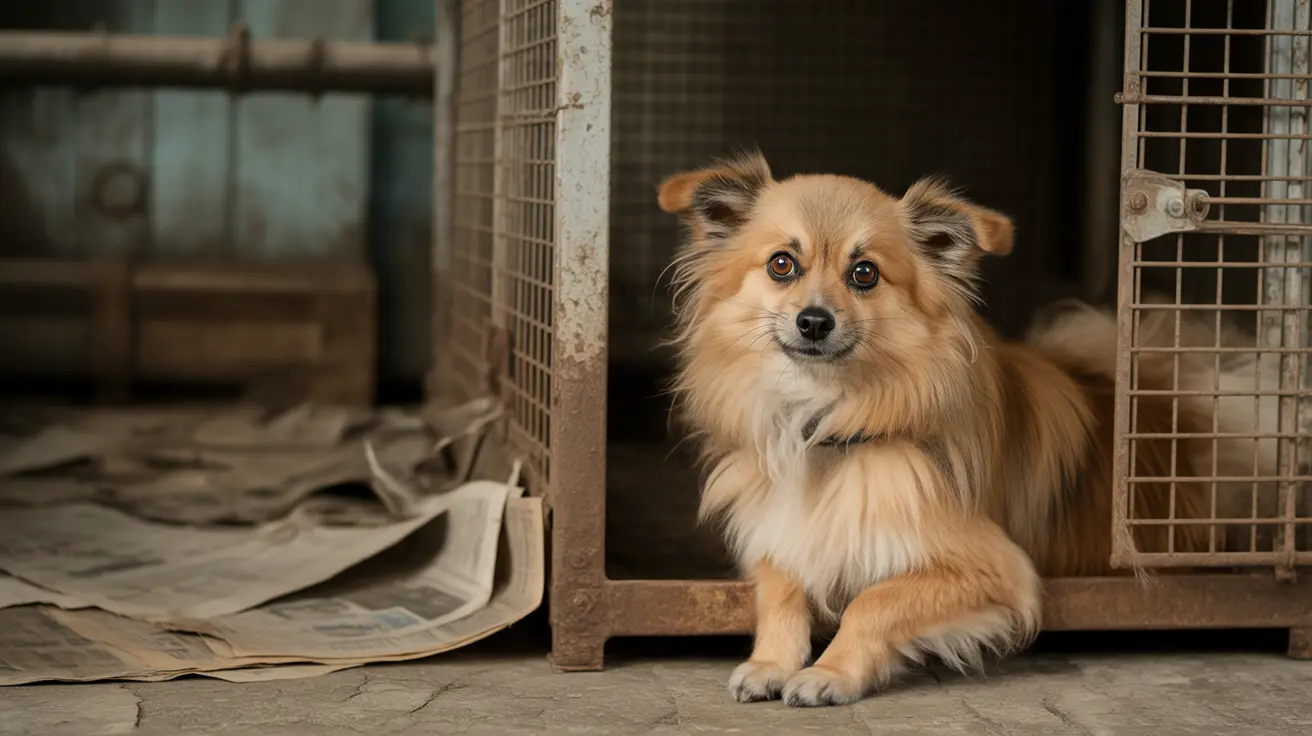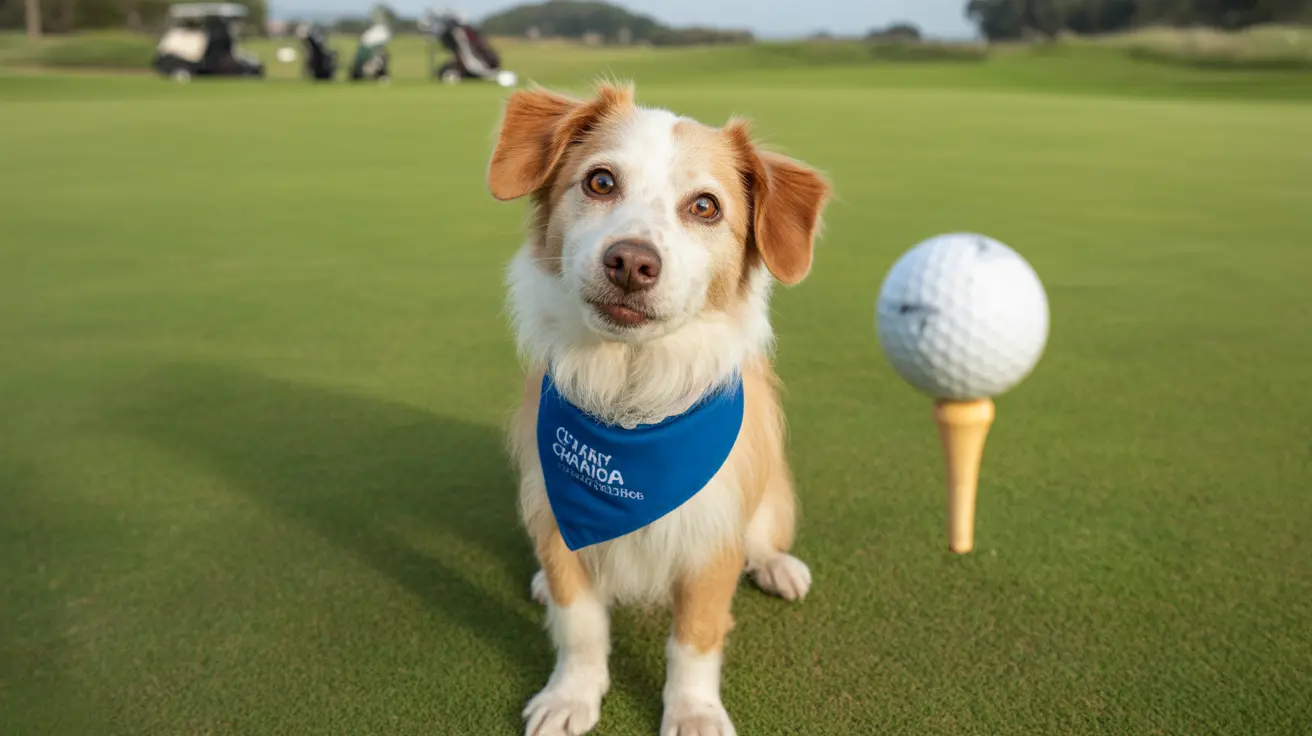When dogs develop an unusual appetite for non-food items like rocks, fabric, or plastic, they may be suffering from pica. This concerning behavioral condition can signal underlying health issues or psychological distress, making it crucial for pet owners to understand and address the problem promptly.
In this comprehensive guide, we'll explore what pica means for your dog's health, how to identify it, and the most effective ways to manage this potentially dangerous condition.
What is Pica in Dogs?
Pica is a medical and behavioral condition where dogs persistently consume non-nutritive items that aren't typically considered food. Unlike occasional scavenging or puppy exploration, pica involves a compulsive drive to eat inappropriate objects such as stones, clothing, wood, or other inedible materials.
Common Causes of Pica
Medical Triggers
Various health conditions can lead to pica behavior in dogs:
- Gastrointestinal disorders
- Nutritional deficiencies
- Endocrine diseases
- Parasitic infections
- Liver or pancreatic dysfunction
Behavioral Factors
Psychological and environmental elements often contribute to pica:
- Anxiety and stress
- Boredom
- Lack of mental stimulation
- Separation anxiety
- Changes in routine or environment
Recognizing the Signs
Early detection of pica is crucial for preventing serious complications. Watch for these warning signs:
- Frequent attempts to eat non-food items
- Vomiting or diarrhea
- Decreased appetite
- Lethargy or unusual behavior
- Difficulty defecating
- Visible distress or discomfort
Diagnosis and Treatment
Veterinarians typically follow a comprehensive approach to diagnose pica:
- Physical examination
- Blood work and urinalysis
- Imaging tests
- Behavioral assessment
Treatment Options
Treatment plans usually involve multiple strategies:
- Addressing underlying medical conditions
- Behavioral modification techniques
- Environmental management
- Dietary adjustments
- Medication when necessary
Prevention and Management
Preventing pica requires a multi-faceted approach:
- Regular exercise and mental stimulation
- Proper nutrition and dietary supplements
- Secure environment free of dangerous objects
- Consistent routine and attention
- Regular veterinary check-ups
Frequently Asked Questions
What are the common causes of pica in dogs and how can I tell if my dog has it?
Pica can be caused by medical issues (like nutritional deficiencies or GI problems) or behavioral factors (such as anxiety or boredom). Signs include regularly eating non-food items, vomiting, diarrhea, and changes in appetite or behavior.
How is pica in dogs diagnosed by veterinarians?
Veterinarians diagnose pica through physical examinations, blood tests, imaging studies, and behavioral assessments. They'll rule out medical causes before considering behavioral factors.
What health risks can my dog face if they eat non-food items due to pica?
Serious risks include intestinal blockages, toxic poisoning, internal injuries, and gastrointestinal perforation. Some cases may require emergency surgery and can be life-threatening if left untreated.
How can I treat and manage pica in my dog, both medically and behaviorally?
Treatment involves addressing underlying medical conditions, implementing behavior modification techniques, providing appropriate enrichment, and ensuring proper nutrition. Some cases may require anti-anxiety medications or other prescribed treatments.
What steps can I take to prevent pica and keep my dog safe at home?
Prevent pica by providing adequate exercise, mental stimulation, and appropriate chew toys. Keep dangerous items out of reach, maintain a consistent routine, and ensure your dog receives proper nutrition and regular veterinary care.
Conclusion
While pica in dogs can be concerning, understanding its causes and recognizing early signs allows for prompt intervention. With proper veterinary care, environmental management, and dedicated owner attention, most cases can be successfully managed. Always consult with your veterinarian if you suspect your dog is showing signs of pica.






